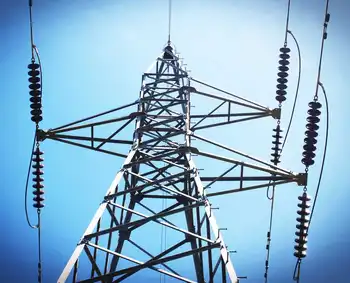Garbage, old tires suggested as renewable resource
The Ohio Consumers' Counsel, the Sierra Club and others who support wind and solar power oppose efforts to classify trash as a renewable resource to burn at generating stations. Ohio's renewable energy law — trumpeted by lawmakers when it was passed a year ago — enabled tires, trash and other solid waste to be converted to electricity but only if it was first gasified.
Environmentalists oppose the labeling of those items as renewable energy, but at least wanted the gasification requirement because it reduces emissions.
"If Ohio's going to make a true commitment to develop a cleaner and greener economy, Ohio lawmakers need to stop chipping away at the state's renewable energy law," said Amy Gomberg, program director for Environment Ohio.
Under Ohio's renewable energy laws, electric utilities must generate 12.5 percent of their power with renewables by 2025 or buy renewable energy credits.
The list of new "renewables" includes not only solid waste but methane from abandoned coal mines and pulp liquor, a byproduct of paper-making. Ohio's sole paper manufacturer, PH Glatfelter Co, of York, Pennsylvania, already uses that to generate electricity.
But Sen. Jon Husted, a Republican from Kettering who was instrumental in the energy law when he was speaker of the House, questioned some of the proposals.
"I am not necessarily convinced that some of these fall under renewable," Husted said.
Husted said he supports calling solid waste renewable because using it to generate power could save landfill space and boost recycling.
"But you may be eating up space for the renewable energy projects. And these technologies are not as environmentally friendly as wind and solar," he said.
Another amendment approved by the Senate would enable Ohio electric providers to use any source considered by roughly two-dozen other states as renewable to count toward Ohio's requirement.
Environmentalists said the amendment would leave Ohio at the whim of other states and counteract Ohio's effort to make itself appealing to solar and wind providers.
Republicans who control the Senate say the proposals will help keep power affordable by expanding the types of energy that can be used, and making it easier for utilities to comply with the new law.
"The overriding rationale was we want to be able to make sure Ohio residents have access to affordable power, affordable electricity, and to the extent that we can use waste streams to generate power, that should help keep electric costs down," said state Sen. Tom Niehaus of New Richmond.
The new energy law includes a cost cap that releases utility companies from complying with the renewables requirement if including the alternative sources makes overall prices go up more than 3 percent.
Gov. Ted Strickland's administration said it is willing to talk to the Senate about the energy law changes, but not as part of the budget bill.
Related News

Covid-19 puts brake on Turkey’s solar sector
ANKARA - The decision by the Turkish Energy Market Regulatory Authority to halt part of the system of processing net metering applications risks bringing the only vibrant segment of the nation’s solar industry to a grinding halt.
The regulator has suspended monthly meetings of the committee which makes technical evaluations of net metering applications, citing concerns about the spread of Covid-19.
The availability of electricity bill credits for net-metering-approved households which inject surplus power into the grid has seen the rooftop projects the scheme is typically associated with remain the only source of new solar generation capacity in Turkey of late.
However the…




